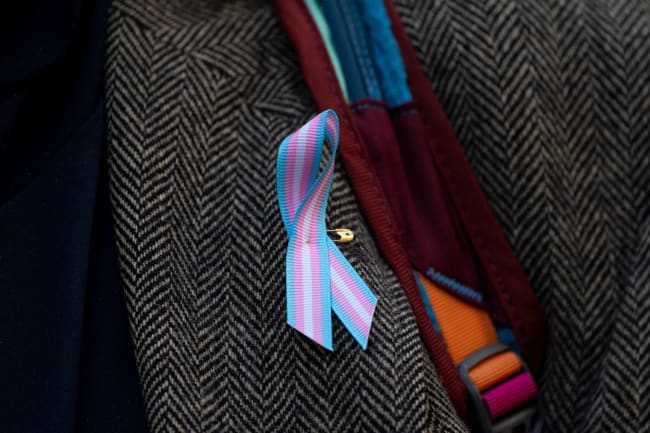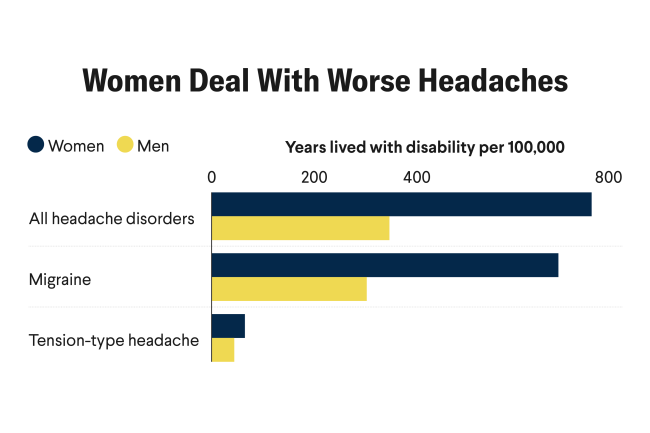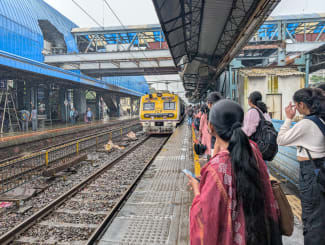Shortly after Jessu's wedding, she was diagnosed with HIV. The news shattered her. She knew her husband wanted to start planning for children and she was unsure how to deliver the news of her diagnosis to him. Jessu was also terrified of the potential to transmit the disease to her husband and future child. Afraid of rejection and judgment, she felt hopeless. Jessu decided to seek care at a local hospital, where she met with a doctor who prescribed her with antiretroviral therapy (ART) and introduced her to Hana, a community health worker (CHW). After connecting with Hana, Jessu's life took a positive turn — she felt less alone in her battle against HIV. With Hana's support, Jessu mustered the courage to inform her husband about her HIV status. Hana explained to Jessu's husband that taking ART pills regularly would keep Jessu's viral load low and over time, undetectable. She explained that if Jessu used ART and he used pre-exposure prophylaxis (PrEP), he could stay protected from HIV. Eventually, Jessu also confided in Hana about her husband's desire to have children and that she wasn't ready.
CHW programs have driven an increased use of modern contraceptives and have built community knowledge and awareness about their use.
Hana once again came to her rescue. She counseled Jessu's husband about her fear of getting pregnant and what services were available to them to prevent pregnancy, and informed them both about dual contraception. She spoke at length with Jessu and her husband about how planning a family at the right time would ensure sound health for both the mother and the child. These conversations helped him understand the need to wait to have children and, thanks to Hana, they knew how to stay protected until that time. After three years on ART treatment, practicing dual contraception (the use of a modern contraceptive method alongside male or female condom), and with Hana's support, Jessu is now a new mother. The journey has been uncomfortable and extremely challenging at times, but having a choice and time for her pregnancy gave Jessu strength through her struggles.
Access Challenges: Reaching Contraceptives to Women Living With HIV
Unfortunately, most women living with HIV (WLHIV) do not have a happy ending like Jessu's. WLHIV are at significant risk of unintended pregnancy and other sexually transmitted infections. This is potentially linked to behavioral vulnerability of these individuals through practices such as unprotected sex or involvement with multiple sex partners. Studies across a variety of settings indicate high rates of unintended pregnancies due to low prevalence of contraceptive use among WLHIV. Dual contraception is a highly effective method of avoiding unintended pregnancies among WLHIV and preventing vertical transmission of HIV.
Major barriers to accessing contraceptives for WLHIV include a lack of available information, good heath-infrastructure, and interpersonal communication challenges between clinical health-care providers and HIV vulnerable individuals. Women are often concerned about side effects of using contraceptives and lack access to good information about contraceptive methods, thus can fall prey to misinformation about infertility. Structural barriers such as overcrowded and understaffed public centers offering HIV services also persist. Many adolescent girls and young women are not comfortable disclosing their sexual activity to their parents, community members, or even health-care providers out of fear for the stigma they could face from their perceived promiscuity. Understanding the barriers that prevent uptake of contraceptives and implementing targeted campaigns to bridge awareness gaps and access challenges that WLHIV face can help those women make informed choices about their bodies and the future of their families.

Community Health Workers as a Link Between HIV and Family Planning Services
Evidence across low- and middle-income countries indicates that CHW programs have driven an increased use of modern contraceptives along with building community knowledge and awareness about their use. Integration of CHWs into HIV care implementation programs has also been widely effective. Several communities rely on CHWs to provide support with chronic conditions such as HIV. As trusted members of their communities, CHWs can surpass interpersonal barriers to link HIV patients with appropriate care whether it be HIV testing, making referrals to clinicians, providing psychosocial support, or ensuring adherence to antiretroviral therapy. Considering their ability to vastly improve access and uptake of family planning and HIV services, the potential to leverage the position of CHWs as community-level influencers to overcome specific barriers faced by WLHIV and promote contraceptive use remains untapped.
Even though guidelines around CHW integration into HIV programs exist, they do not provide explicit details on how they can facilitate access to contraceptives for WLHIV. Training CHWs on World Health Organization eligibility criteria and equipping them with tools to communicate with WLHIV offers a promising opportunity to address the reproductive aspirations and awareness in WLHIV and reduce the burden of vertical transmission of HIV.
Interventions centered on engaging community health workers and volunteers in family planning service delivery have accomplished significant improvements in family planning practices for couples and individuals living with HIV. For instance, in Kenya, the Evidence Project explored a model in which community health workers recruited volunteers and collaborated with them to counsel clients living with HIV about sexual health, contraception, and HIV-related stigma and discrimination. This initiative successfully bolstered the volunteers' confidence providing counseling and ensured more clients reported positive experiences. In Uganda, a peer-mentor model was tested in which men from the community developed a ten-session program to address misconceptions surrounding family planning and HIV services. This program improved gender-influenced health-seeking behaviors, several men later seeking HIV testing and visiting health facilities.
These examples offer strong arguments for the benefits of building community ownership of family planning and HIV programs. Considering the sensitive nature and stigma associated with talking about contraception and HIV, developing community-level awareness and accountability are necessary to drive uptake of these services. Community health workers can help people overcome the fear, stigma, and sensitive nature surrounding contraceptive use and HIV. Creating targeted training materials and resources for CHWs to better understand guidelines for contraceptive use among WLHIV could thus prove a worthwhile investment. In their current position as health advocates, CHWs could ensure access to services and sustainability of FP/HIV programs in the community. CHWs often act as agents of change, their involvement could be instrumental in ensuring family planning services could reach overlooked women like Jessu and making it possible for them to regain choice in their reproductive decisions.













